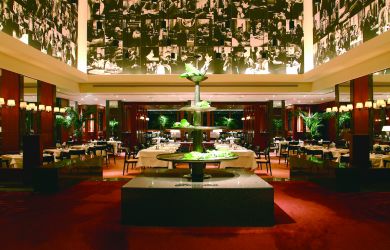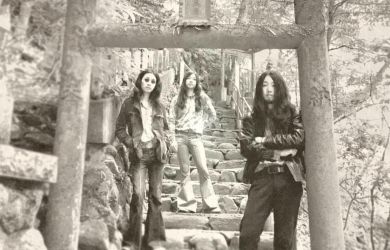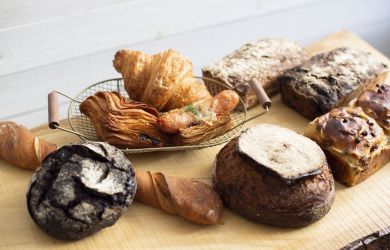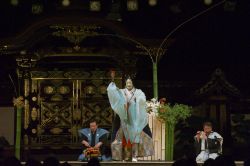

Crispy Nuts at Moon Step
But such opportunities were not always so easy to come by. Uzi-One, leader of seminal Japanese punk band Aggressive Dogs—still going strong after nearly three decades—remembers an era when the venues were still a rarity.
“There were no live houses available to us back then,” says the singer, reflecting on the group’s beginnings in Kita-Kyushu in the early ’80s. “We would rent out a whole coffeehouse and put on a show. We’d bring in cases of beer to sell, build a makeshift stage out of plywood. We would make flyers, print tickets, then sell them and collect them at the door ourselves. It was a real hassle, but in those days if we didn’t do that, we couldn’t play.”
Live houses as they’re known today evolved from the ongaku-kissa (“music cafes”) of the ’60s and ’70s, venues where patrons could request a song be played on the shop’s record player with each drink order, and where acoustic folk acts occasionally performed. In 1976, the management of a chain of ongaku-kissa opened an altogether new kind of club called Shinjuku Loft, in the location where it still stands in Kabukicho. Unlike other venues, which were dotted with small tables that encouraged a passive and private enjoyment of the music, Loft encouraged fans to be active and social, cramming 300 standing patrons into a black box. The crowd would soon be pogoing to punk and noise bands like The Stalin and Hijokaidan, and the venue would serve as a stopping point for touring overseas artists like Einstürzende Neubauten and Sonic Youth.





